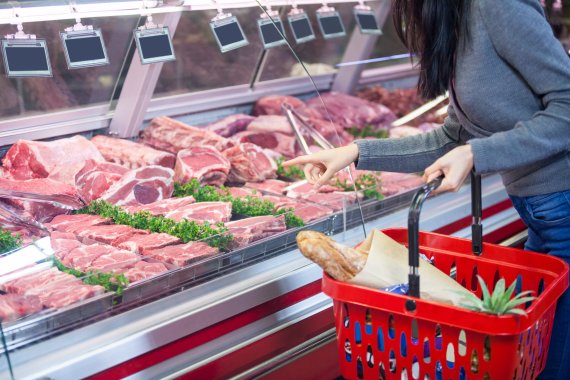We learn this from the food price monitor published by Wageningen Economic Research and Statistics Netherlands. In February and March, the prices of chicken and fruit rose by 3 per cent, potatoes by 5 per cent and pork by 10 per cent. ‘These price rises were caused by increasing demand in the retail branch,’ says Huib Silvis, who leads the food price monitoring project. ‘People have started buying more in the supermarket because they can’t eat out anymore. And we can also see an effect of the hoarding which happened at the start of the lockdown.’
Wellicht zien we pas het topje van de ijsberg
Huib Silvis, projectleider van de voedselprijzenmonitoring
Farmers’ selling prices go down
The prices of dairy and beef have remained fairly stable. Silvis: ‘The lockdown measures only came into effect in mid- March, so we might only be seeing the tip of the iceberg now.’
Consumers have been paying more for their products over the past few months, but potato farmers amongst others saw their selling prices go down. ‘That is mainly because demand from abroad has fallen,’ says Silvis. ‘Most of the chipping potatoes are exported.’
Higher wheat prices
One small plus for the farmers: consumers all around the world have stocked up on wheat with a vengeance. ‘That has meant higher wheat prices for farmers,’ says Silvis. ‘However, wheat is not a very important crop for the incomes of Dutch farmers, since it is mainly used for livestock feed. The price of potatoes is much more important for arable farmers here.’

 Photo: Shutterstock
Photo: Shutterstock